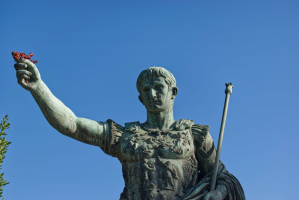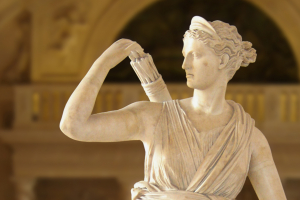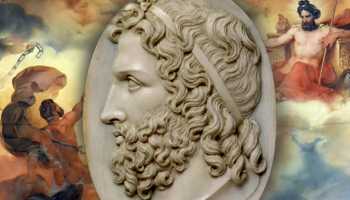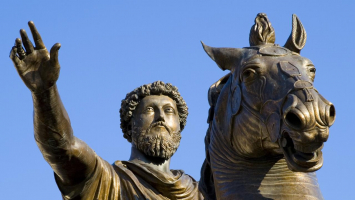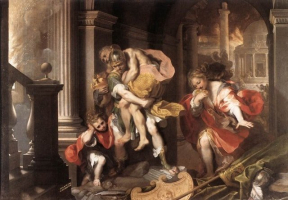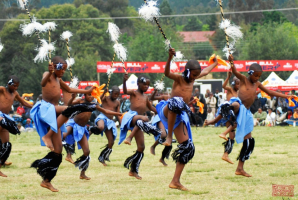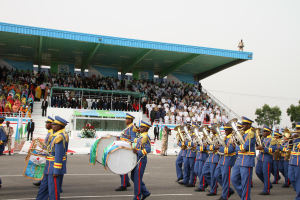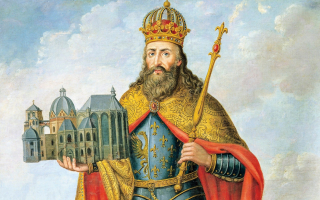Top 3 Most Famous Roman Gladiators
Even the thought of gladiators battling to the death in a huge arena full of enthusiastic spectators today always elicits an incredible level of indignation. ... read more...The 3rd century BC saw the start of the first gladiator battles, which served as a blood donation ceremony for the recently deceased lords' spirits. When Augustus came to power in Rome, that all changed in 27 BC. He established it as a regular component of Roman entertainment. Martial arts were regarded by the ancient Romans as a popular and enjoyable kind of amusement to liven up their life. Here is a list of the Most Famous Roman Gladiators in commemoration of the most well-known Roman legends that Toplist would like to introduce to readers.
-
The first Famous Roman Gladiator we would like to share is Spartacus. He was a man with a powerful and sharp personality. He was born in Thracia, which was a sovereign nation before becoming a Roman province. On the Balkan peninsula, Thrace is renowned for its well-trained troops who fight with swords and sickles. Spartacus began his career as a Thracian mercenary in the Roman military. He was eventually, nonetheless, banished to the gladiator school at Capua (west coast of the Apennine peninsula) as a result of his poor conduct and lack of discipline. Spartacus developed his skills as a gladiator there. After murdering another gladiator while working there as a fencing instructor, he was moved to Batiatus' school, a challenging and high-security institution.
Spartacus' rebellion started in 73 BC. In this campaign, Spartacus was joined by 70 gladiators, mostly Thracians, and Gauls. Soon after, with the aid of Spartacus, roughly 70 gladiators who were all well-prepared with homemade weapons escaped from the gladiator school as part of a rebellion. Crixus was one among the fugitives, and he quickly rose to become Spartacus' right-hand man. Spartacus took his legion to Mount Vesuvius, camped there, and awaited the arrival of the Romans. The army of Spartacus liberated a large number of slaves along the route, greatly increasing the number of his allies. In a short period of time, he had gathered a sizable army, and on more than six separate times, he had routed the Roman legions sent to take them. Marcus Licinius Crassus, however, led a group of 50,000 skilled soldiers in 71 BC to inflict devastation on Spartacus' insurgent army. The saga of Spartacus, the most well-known gladiator in Roman history, came to an end when he was unable to resist a planned onslaught by the Roman army and was murdered in Southern Italy.
Spartacus has come to represent communists and socialists in modern society. Spartacus was hailed by Karl Marx as one of his heroes, the most brilliant man in all of history, a magnificent general, a noble man, and a true representative of the proletariat in antiquity. Leftist revolutionaries, particularly the German Spartacus League from 1915 to 1918, the precursor to the German Communist Party, drew heavily on Spartacus as an inspiration. The Spartacist revolt refers to a communist insurrection that took place in Germany in January 1919. In addition, one of the oldest communal left-wing bookshops in North America, Book Spartacus, is named in his honor. Or Spartacus is also the name of the Ukrainian settlement of Spartak, which is located in Donetsk Oblast.
To conclude more succinctly, Spartacus:
- was a Thracian soldier who was captured by the Romans and sold as a slave, and eventually trained as a gladiator.
- led an army that waged revolts against the Romans.
- became a symbol of communists and socialism.
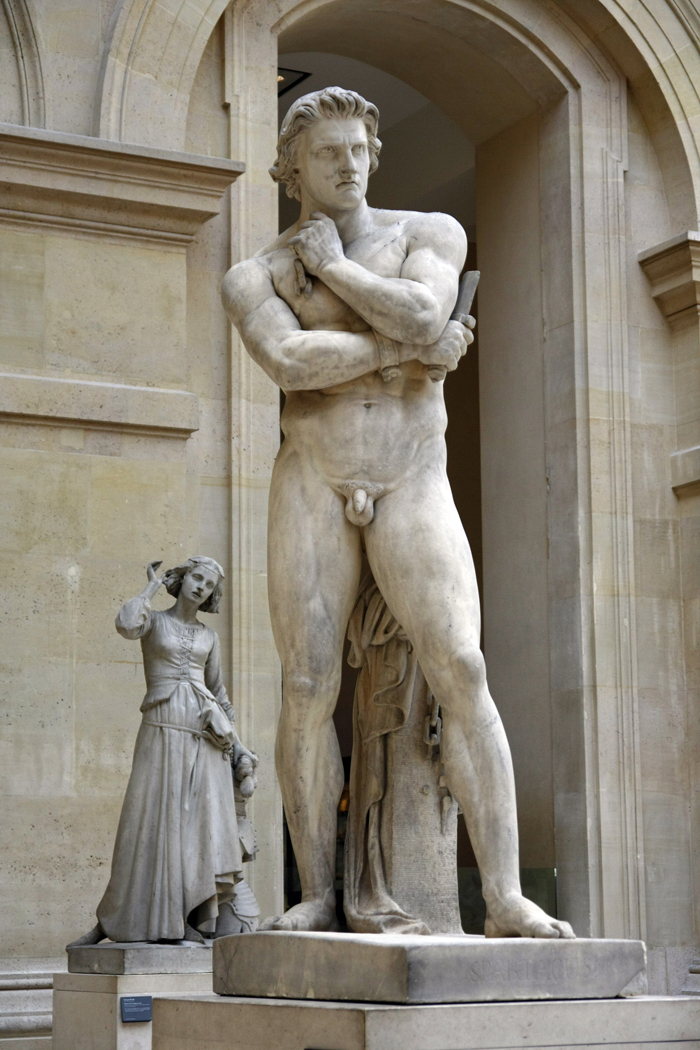
livescience.com 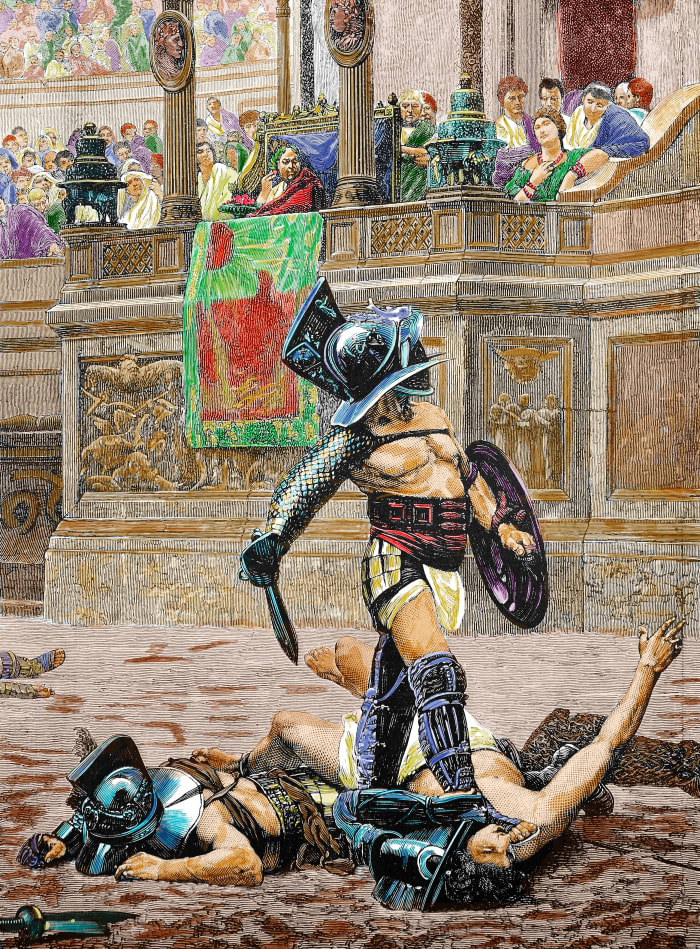
dailyhindnews.com -
Commodus was a notorious Roman emperor who had an obsession with competing as a gladiator in the arena. He may be well-known to many of us because of Joaquin Phoenix's portrayal of him in the Gladiator movie.
Commodus is most remembered today as the "mad" emperor who brought an end to the Pax Romana, or so-called Golden Age of Rome, during his calamitous reign from A.D. 180 to 192. Marcus Aurelius's son, Commodus succeeded his father as co-emperor when he was 16 years old. Commodus joined his father during the Marcomannic Wars in 172 and on a tour of the Eastern Provinces in 176. In 180 AD, after his father's death possibly from sickness or murder, he ascended to power on his own. He was infamous for his ego and thought of himself as above everyone. Even though gladiators were flashy and well-known at the time, the Roman upper classes nevertheless regarded them as beneath. In order to compete as a gladiator in secret, Commodus had portions of his palace transformed into an arena.
Commodus' opponents in the arena are compelled to constantly surrender to the emperor. He therefore never loses. Commodus never murdered the gladiators he faced off against; instead, he accepted their submission. His strongest rivals frequently praised his wins because they knew that the wounds inflicted by an Emperor's hands were a symbol of valor. According to Cassius Dio, the residents of Rome who had their legs severed due to injury or disease were taken to the arena and chained together to fight Commodus. He frequently used lethal weapons in battle to fight, kill, and kill his opponents. Not only that, he demanded a million sestertius from the city of Rome each time he performed in the arena, which imposed a burden on the Roman economy.
Commodus, who disagreed with his father's philosophical inclinations, was really proud of his athletic prowess. The Herodian historian of the time praised Commodus as being quite attractive. He commissioned several sculptures to depict him as Hercules, complete with lion hide armor and staff. He regularly appears in the arena to fight a variety of wild beasts and makes the claim that he is the reincarnation of Hercules, imitating the mythical hero's accomplishments. The Roman populace was horrified and disgusted by the odd beasts that Commodus was notorious for battling in the arena. Commodus is a talented archer who can kill an attacking leopard in the arena. 100 lions were slain by Commodus in a single day. He then used a specially crafted dart to decapitate a sprinting ostrich, carrying the bleeding dead bird's head to the senator's seat and leaving while making a sign that they were the next. Commodus personally slaughtered a giraffe and three elephants on the arena floor on various occasions.
To sum up, Commodus:
- was a notorious emperor and ruthless gladiator of ancient Rome.
- won most of his matches in the arena.
- also became a popular icon in Roman pop culture. His image is featured in many movies, novels, songs, and even video games.

egypttoday.com Commodus: Emperor, Gladiator, Madman - Video: Biographics -
When the Roman Republic and insurgent slaves engaged in the Third Servile War, Crixus, a Gallic gladiator, served as a military commander. He was a Gaulish native and trained as a gladiator at Capua.
In a family of strong warriors, Crixus was raised in Gaul. When he was a young guy, he saw the Arverni tribe assault his hamlet and murder his family before his very eyes. He was then purchased by Tullius and sold into slavery, where he was made to labor in the arena and would engage in combat.
Crixus was descended from a long line of warriors, thus fighting runs in his blood. However, he was nothing more than a common brute before becoming a gladiator and lacked any significant abilities. Crixus outperformed many other gladiators following his training, growing swiftly in strength and ability, ultimately becoming the Champion of Capua. This is no ordinary title. Crixus has established himself as one of the best warriors to have set foot on a battlefield or an arena. Unlike Spartacus and Gannicus, who rely more on dexterous moves that frequently elevate them above their foes, Crixus uses physical power and well-founded strikes more frequently. He enjoyed using a shield and sword in tandem and frequently broke down Roman fortifications by leaping on his adversaries and pinning them to the ground.
Crixus participated in a rebellion in 73 that had its start with a little slave revolt at the Lentulus Batiatus gladiator school in Capua when roughly 70 gladiators managed to flee. After overcoming a small army dispatched to bring them back, the escaped slaves set up camp on Mount Vesuvius' slopes. As word of the gladiators' uprising spread, additional slaves who had escaped joined them. At this time, Crixus was chosen as one of the group's commanders along with Thracian Spartacus and Gaul Oenomaus. The Third Servile War witnessed significant military victories for fugitive slaves during the movement. By landing on Mount Vesuvius' cliffs and attacking the Roman camp from behind, Crixus' army chased away the militia that the Roman Senate had dispatched to put down the uprising. With these early triumphs, tens of thousands of slaves joined them, and eventually, they had over 150,000 people. Crixus and some 30,000 supporters, however, seem to have broken away from Spartacus and the main army of escaped slaves as late as 73 BC for unclear reasons. Two explanations for the divide have been postulated by modern historians. One account is that Spartacus and his supporters sought to cross the Alps to Gaul and be free, whereas Crixus and his supporters intended to pillage the Roman countryside. According to the second theory, Spartacus and Crixus engineered the split in order to further their respective strategic objectives. Whatever the cause of the division, Crixus' army was ambushed by Roman forces led by Lucius Gellius Publicola in 72 BC on Mount Gurganus. In the battle, Crixus, who is reported to have battled valiantly in an unsuccessful attempt, was killed in the conflict.
To conclude, Crixus:
- was once Capua's champion and battled to become one of the best gladiators of Lentulus Batiatus.
- became one of the first rebel commanders and a dependable friend of Spartacus.
- was known as the Undefeated Gaul.
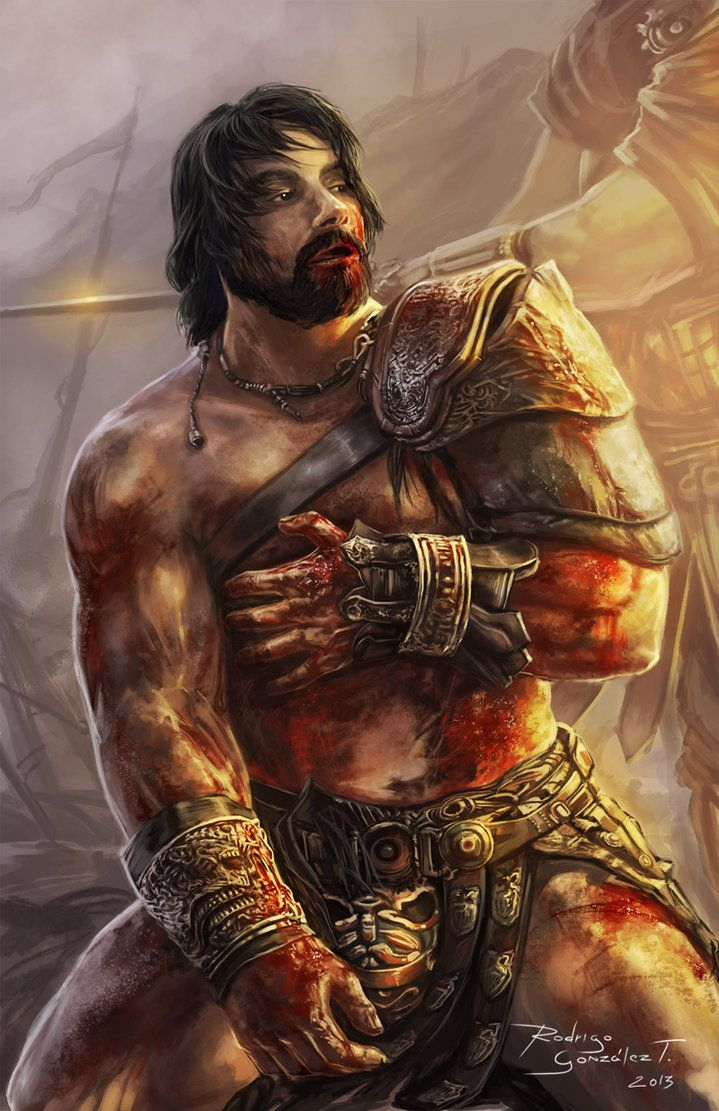
Simulation image of Crixus - Photo: steemit.com 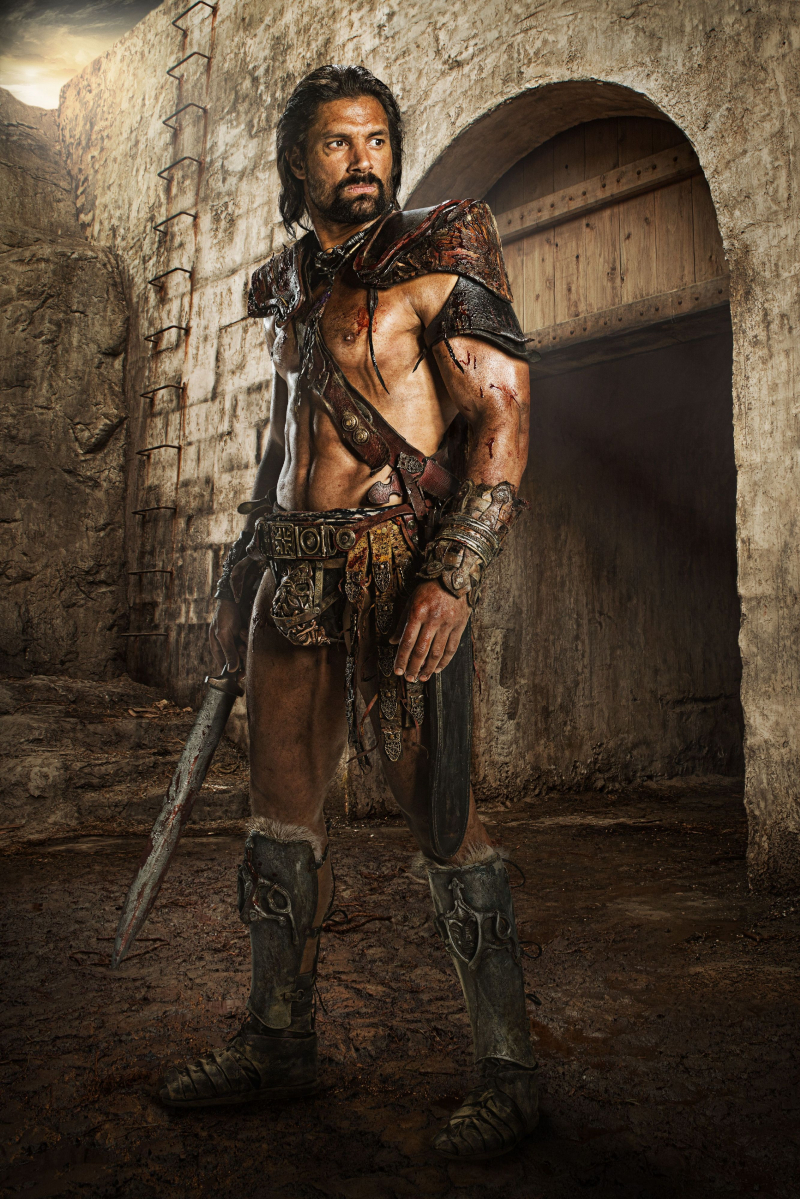
pinterest.com





